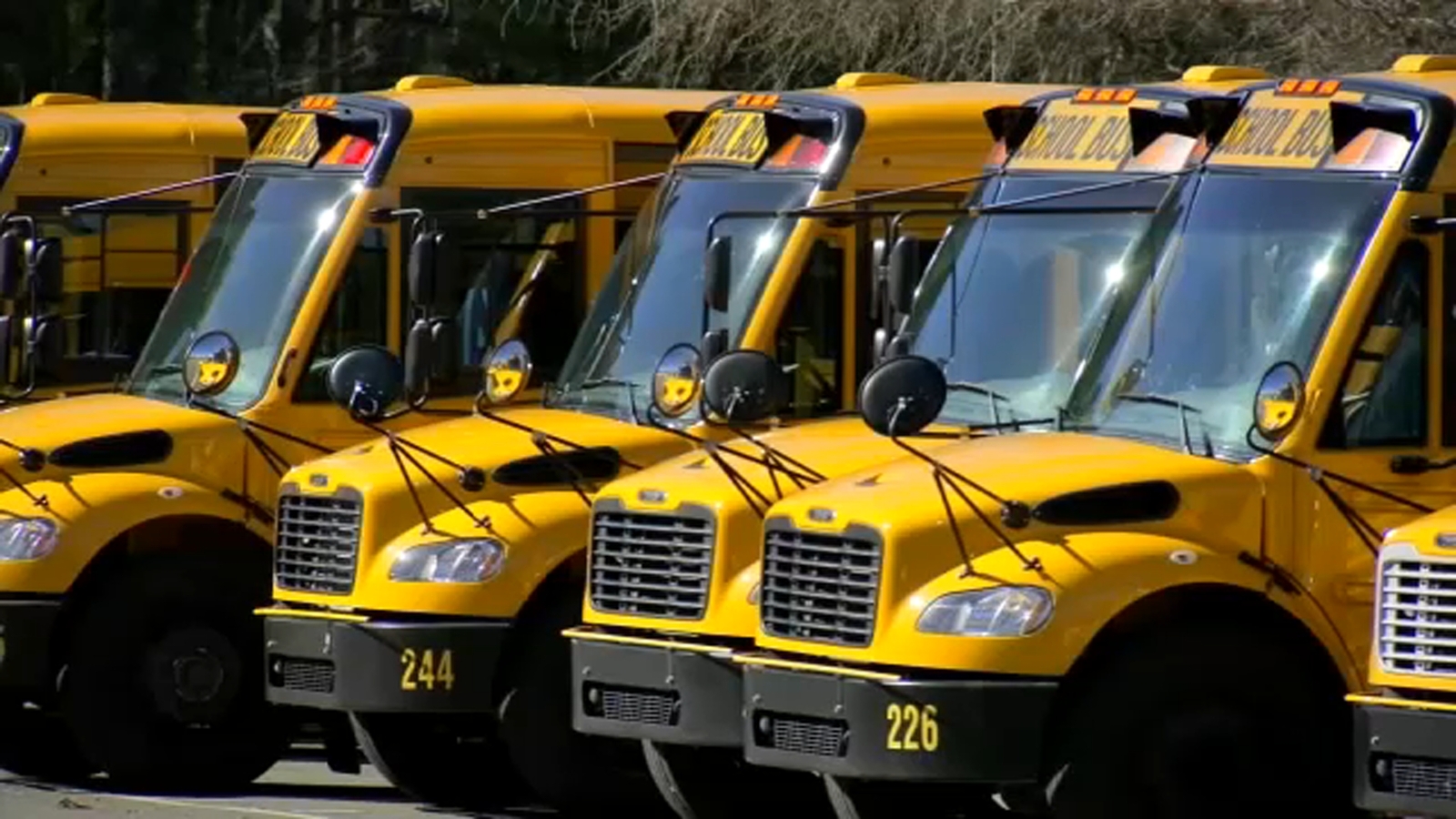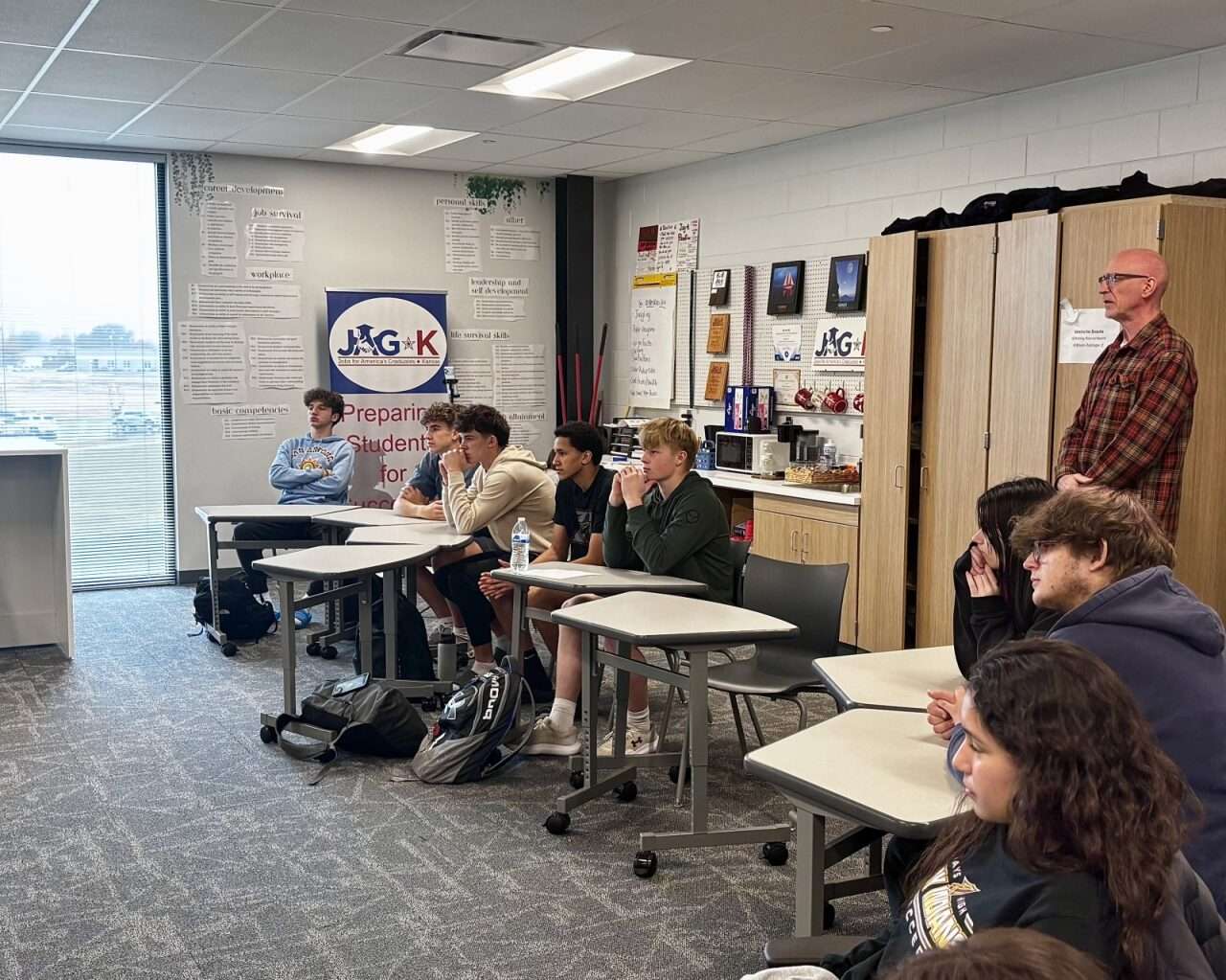Durham Public Schools report low attendance as masked, armed Customs Border Protection agents in the Bull City – ABC11

Report on the Impact of Immigration Enforcement on Educational Access and Sustainable Development Goals in Durham, N.C.
Executive Summary
Recent federal immigration enforcement operations in Durham, North Carolina, have resulted in a significant decline in school attendance among Latino students within the Durham Public Schools (DPS) district. This situation presents a direct challenge to the achievement of several key United Nations Sustainable Development Goals (SDGs), particularly those concerning education, health, equality, and justice. The fear and uncertainty within the community are creating barriers to fundamental services and undermining efforts to build an inclusive and sustainable society.
Challenges to SDG 4: Quality Education
The disruption in student attendance directly contravenes the core mission of SDG 4, which aims to ensure inclusive and equitable quality education for all. The impact is detailed as follows:
- Barrier to Access: A tangible drop in attendance was reported among Latino students, who constitute 35% of the district’s student population. This fear-based absenteeism denies children their right to consistent and quality education.
- Erosion of Inclusivity: The situation creates an environment where a specific demographic group feels unsafe accessing educational institutions, undermining the goal of inclusive learning environments for all students, regardless of their background.
- Long-Term Educational Disruption: The uncertainty described by school officials, where families must weigh safety against education, threatens the long-term educational attainment and opportunities for affected students.
Implications for SDG 3 (Good Health & Well-being) and SDG 10 (Reduced Inequalities)
The enforcement actions have created a climate of fear that severely impacts the mental and emotional well-being of students and their families, highlighting significant inequalities.
- Mental Health Crisis: School counselor Carmen Ramos reported that students and parents are fearful of daily activities, such as walking to school or going to work. This pervasive anxiety constitutes a significant public health concern, directly impacting the targets of SDG 3.
- Disproportionate Impact: The psychological burden and educational disruption are disproportionately affecting the Latino community, thereby exacerbating existing vulnerabilities and working against the objectives of SDG 10, which seeks to reduce inequalities within and among countries.
- Institutional Response to Well-being: In response, the school district has mobilized mental health support systems, acknowledging the critical need to protect the well-being of its students as a prerequisite for learning.
Institutional Response and Alignment with SDG 16: Peace, Justice, and Strong Institutions
Durham Public Schools has implemented several measures to mitigate the impact and reaffirm its role as a safe and just institution, in line with the principles of SDG 16.
- Reassurance and Communication: Superintendent Dr. Anthony Lewis confirmed the district is distributing messages in both English and Spanish to reassure families and maintain trust, demonstrating a commitment to responsive and inclusive institutional communication.
- Strict Safety Protocols: The district is enforcing uniform entry protocols for all visitors, including federal law enforcement agents, to ensure its schools remain secure spaces. This action reinforces the school’s authority and its primary commitment to student safety.
- Upholding Inclusive Policies: DPS officials reiterated that the district does not request the immigration status of its families. This policy is fundamental to building a just institution that provides services to all residents without discrimination.
- Advocacy for a Peaceful Community: Dr. Lewis’s statements reflect the struggle of a local institution to maintain a peaceful and stable environment for children amidst broader “nonsense,” highlighting the critical role of strong local institutions in promoting peace and justice for the communities they serve.
Analysis of Sustainable Development Goals in the Article
1. Which SDGs are addressed or connected to the issues highlighted in the article?
The article highlights several interconnected issues that relate to multiple Sustainable Development Goals. The primary themes of education disruption, fear within a specific community, mental health impacts, and inequality in access to safe environments connect to the following SDGs:
- SDG 4: Quality Education – The core issue is the drop in school attendance, which directly impacts the ability of students to receive a quality education.
- SDG 3: Good Health and Well-being – The article explicitly mentions the fear and uncertainty experienced by students and the provision of mental health support, which relates to well-being.
- SDG 10: Reduced Inequalities – The problem disproportionately affects Latino students, a specific demographic group, highlighting an issue of inequality in access to education and safety.
- SDG 16: Peace, Justice and Strong Institutions – The students’ fear for their safety and the role of law enforcement actions touch upon the goals of ensuring safety, justice, and creating peaceful and inclusive societies.
2. What specific targets under those SDGs can be identified based on the article’s content?
Based on the details provided in the article, several specific SDG targets can be identified:
-
SDG 4: Quality Education
- Target 4.1: “By 2030, ensure that all girls and boys complete free, equitable and quality primary and secondary education…” The drop in attendance among Latino students due to fear directly jeopardizes their ability to complete their education.
- Target 4.5: “By 2030, eliminate… disparities in education and ensure equal access to all levels of education… for the vulnerable, including… children in vulnerable situations.” The article identifies Latino students as a vulnerable group facing a specific barrier (fear of immigration enforcement) to accessing education, creating a disparity.
- Target 4.a: “Build and upgrade education facilities… and provide safe, non-violent, inclusive and effective learning environments for all.” The school district’s efforts to reassure families and implement safety protocols (“student safety a top priority”) are direct actions toward this target, which is challenged by external events.
-
SDG 3: Good Health and Well-being
- Target 3.4: “By 2030, …promote mental health and well-being.” The article’s mention that “The school district is offering multiple levels of mental health support to students” in response to their fear and uncertainty is a direct link to this target.
-
SDG 10: Reduced Inequalities
- Target 10.2: “By 2030, empower and promote the social… inclusion of all, irrespective of… ethnicity, origin… or other status.” The situation described is a form of social exclusion where children from a specific ethnic background are unable to participate fully in education due to policies affecting their community.
- Target 10.3: “Ensure equal opportunity and reduce inequalities of outcome…” The fear of immigration enforcement creates an unequal opportunity for Latino students to attend school compared to their peers, leading to an inequality of outcome in educational attainment.
-
SDG 16: Peace, Justice and Strong Institutions
- Target 16.1: “Significantly reduce all forms of violence…” The students’ fear of “Somebody putting a gun in their face” reflects a perceived threat of violence that disrupts their sense of safety and peace.
- Target 16.2: “End abuse, exploitation, trafficking and all forms of violence against and torture of children.” The climate of fear and psychological distress imposed on children due to enforcement actions can be considered a form of harm that this target aims to end.
3. Are there any indicators mentioned or implied in the article that can be used to measure progress towards the identified targets?
The article contains several explicit and implicit indicators that can be used to measure the impact of the issues and progress toward the SDG targets:
- School Attendance Rates: The most direct indicator mentioned is the school attendance rate. The article explicitly states, “…attendance for Latino students with Durham Public Schools is down for the day.” This can be used to measure progress towards SDG 4 (Target 4.1). Progress would be seen if attendance rates for this group return to normal levels.
- Disparity in Attendance: The article specifies that the drop in attendance was “among Latino students,” who make up 35% of the student population. An indicator would be the difference in attendance rates between Latino students and other student populations. Reducing this disparity would measure progress toward SDG 10 (Target 10.3).
- Provision of Mental Health Services: The article states the district is “offering multiple levels of mental health support.” The number of students accessing these services or the availability of counselors could serve as an indicator for progress on SDG 3 (Target 3.4).
- Perception of Safety: The fear described by students (“fearful of walking to school”) is a powerful qualitative indicator related to SDG 16 (Target 16.1). Surveys measuring students’ and parents’ feelings of safety when traveling to and being at school could quantify this and track progress. The superintendent’s quote about families deciding whether they “feel comfortable walking my kid to school” directly points to this indicator.
4. Table of SDGs, Targets, and Indicators
| SDGs | Targets | Indicators Identified in the Article |
|---|---|---|
| SDG 4: Quality Education | 4.1: Ensure completion of equitable and quality education. 4.5: Ensure equal access for vulnerable children. 4.a: Provide safe and inclusive learning environments. |
The drop in school attendance rates specifically for Latino students. |
| SDG 3: Good Health and Well-being | 3.4: Promote mental health and well-being. | The provision of “multiple levels of mental health support” by the school district for students experiencing fear and uncertainty. |
| SDG 10: Reduced Inequalities | 10.2: Promote social inclusion of all, irrespective of origin. 10.3: Ensure equal opportunity and reduce inequalities of outcome. |
The disparity in school attendance between Latino students and the general student population due to targeted community fears. |
| SDG 16: Peace, Justice and Strong Institutions | 16.1: Reduce all forms of violence. 16.2: End abuse and all forms of violence against children. |
Students’ stated fear of violence and feeling unsafe walking to school (“fearful of walking to school and getting detained… Somebody putting a gun in their face”). |
Source: abc11.com
What is Your Reaction?
 Like
0
Like
0
 Dislike
0
Dislike
0
 Love
0
Love
0
 Funny
0
Funny
0
 Angry
0
Angry
0
 Sad
0
Sad
0
 Wow
0
Wow
0
















































:focal(1500,1000)/https://media.globalcitizen.org/a6/9a/a69a4720-d8a1-4715-b596-18738d03c05c/rotary_polio_hero_image.jpg?#)







/countries/sri-lanka/photo-credit---dmc-sri-lanka.tmb-1200v.jpg?sfvrsn=dc298bcc_1#)


















